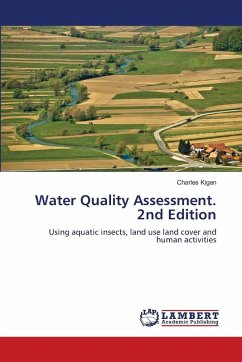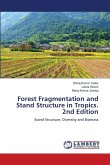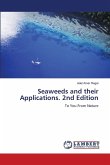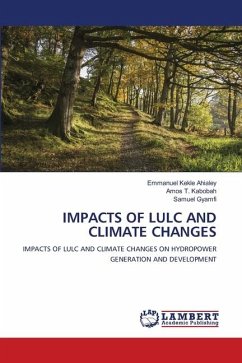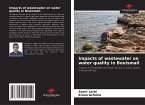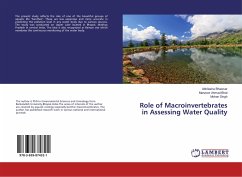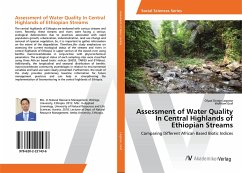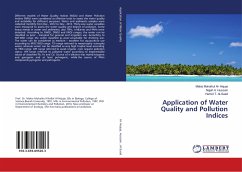Water quality assessment and monitoring can be done using the physico-chemical parameters or the living organisms in a given water body or the nature of land use land cover and human activities by the water body or a combination of complementary ones. They all have their pros and cons and the combination of benthic macroinvertebrates (bottom dwelling water insects) and land use land cover override all as they are more useful in giving a long term picture of the water quality. The research work was piloting development of water quality indices for River Njoro watershed and similar ecosystems. This require knowledge in ecology and land use land cover analysis. This book is useful for learners and researchers at university level in the aforementioned areas.
Bitte wählen Sie Ihr Anliegen aus.
Rechnungen
Retourenschein anfordern
Bestellstatus
Storno

